For decades, tarpon migrations have been somewhat of an enigma. The Belize Tarpon Tagging Expedition is trying to resolve that. This expedition program, in its second year, consists of a partnership between University of Miami’s Rosenstiel School of Marine and Atmospheric Science, El Pescador Resort, and Front Range Anglers.
The question for this expedition: find out if our (U.S.) fish, are their (Caribbean countries’) fish? This question, originally posed by IGFA Hall of Famer Billy Pate, has become the driving force behind this program.
“About 10-15 years ago, we knew nothing of the connectivity of tarpon populations,” says Dr. Jerald Ault, a professor at the University of Miami’s Rosenstiel School of Marine and Atmospheric Science. “The conventional wisdom was that it was a state’s problem, but it also had no international connection.”
Dr. Ault led the program in that direction. In 2001, Dr. Ault and his team began with satellite archival tags to look at the connections of the populations, the spawning areas, and the ocean habitat use. Since its inception, over 139 tags have been deployed in Florida and the Florida Keys, Louisiana, Mexico, Texas, Alabama, Georgia, the Carolinas, Trinidad, British Virgin Islands and Angola, Africa.
“We discovered that the tarpon fishery is connected from Texas to Florida to even 500 miles east of Cape Cod,” he says. “We are here in Belize to find out if there is a Caribbean connection. We sense that it is one large unit. In the past, we’ve tagged fish in Trinidad that have traveled up through the Antilles Chain to go to Puerto Rico, and then migrate to the Bahamas and South Florida. We believe it’s one large connected resource.”
Besides the conservation of tarpon, there is a major economic impact that coincides with this tarpon fishery. Figuring out how to maintain the tarpon fishing industry in the United States is finely connected to how to sustain the tarpon fishery in Latin America.
“The tarpon fishery of the Southeastern United States/Gulf of Mexico needs to be thinking of these tarpon as a single unit,” he says. “It’s important because the tarpon fishery in that area supports about $6 billion of industry and nearly 100,000 jobs — it’s a big deal to that area.”
This study can be more than just science. It is a passion for some. Adam Marton, the Belize expedition leader, drives that ideal. He is based in Chicago, Illinois and can be seen practicing his fly-casts in urban parks around Chi-Town. However, during this expedition, he runs the whole gamut on the program — from workshops to gathering volunteer anglers to tagging the tarpon himself.
“The goal is to advance science and do whatever we can to make sure that this fishery doesn’t get loved to death,” Marton says. “If we care for it and nurture it, we stand a really good chance at making sure it’s here for our children’s children.”
The expedition’s specific goals are to tag tarpon that exceed 80 pounds. These fish are considered sexually mature, and therefore, migratory. Tarpon under that weight tend to be residential. Marton is fully dedicated to making this expedition successful for a future fishery that not only exists within Belize, but even the entire Gulf.
“We are going to do what needs to be done,” he says. “With us tagging these fish, the biologists at the University of Miami will have the devices in place to collect the data that’s going to enable them to understand the tarpon in Belize. And if we’re successsful, we’re going to learn critical information about the tarpon population in Belize and the region, possibly the whole Gulf.”
The most recent tagging expedition took place on Ambergris Caye at El Pescador Resort — a beautiful setting that makes one forget that technology exists. The resort, which is 2.5 miles from San Pedro Town, stood as the host and provider of guides. It will be celebrating its 40th anniversary in November. The long-standing history of this resort shows that it’s not only some destination, but a place that supports initiatives such as this expedition.
“It’s one of the original three lodges on Ambergris Caye with third-generation guides,” says Ali Flota, owner and general manager of El Pescador. “The resort started with four guides and it went down the line, sons and nephews kept training one another.”
And anglers feel that lifetime of knowledge as they take morning runs on the 24-foot pangas that cruise the flats off Ambergris Caye. Kechu Marin has been guiding these waters for over 30 years. It’s his home and workplace, just like it was for his father before him.
“My father was one of the first guides at the El Pescador,” Marin says. “My four brothers are all guides in the area, my brother Emir and I strictly guide for El Pescador. It’s a family tradition.”
This entire expedition has all the right elements: The guides know the spots, the anglers catch the fish, the tags are deployed, and the fish can be tracked. It’s like an assembly line for the right equation to find out the tarpon migratory patterns — in turn — advancing science and supporting the economy in more than one place at a time.
The 2015 Belize Tarpon Tagging expedition will be August 15-22 and El Pescador Lodge and Villas will again play host.
For more information, contact Adam Marton, [adam@amfilms.tv](mailto: adam@amfilms.tv).
For arrangements and more information on Belize, contact the Belize Tourism Board.

Tarpon Fly FIshing Belize – 1
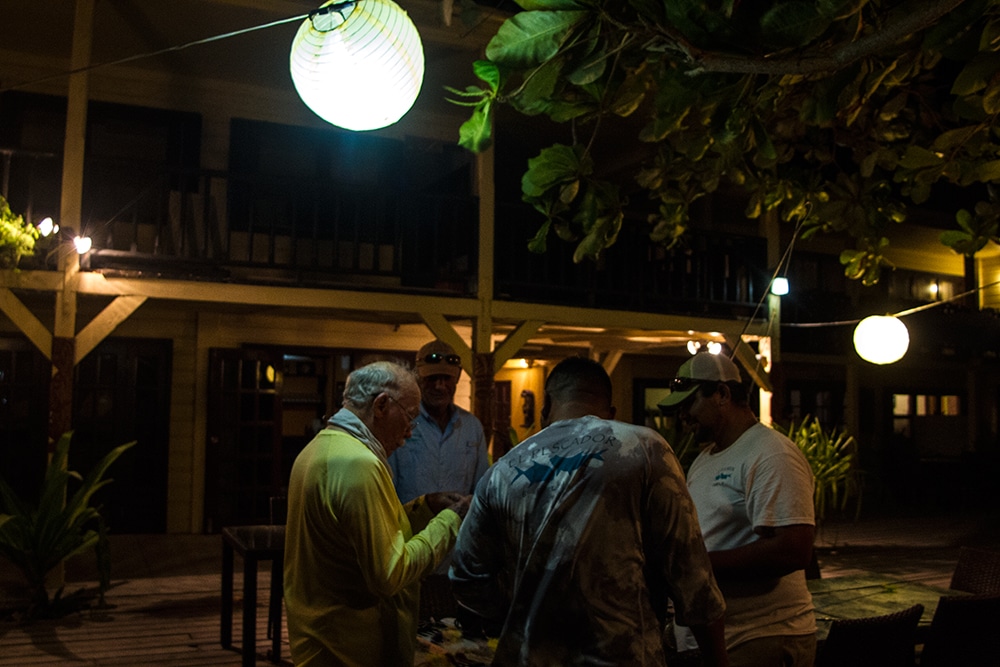
Belize Fly Fishing Stu Apte

Belize Fly Fishing

Belize Fly Fishing

Belize Fly Fishing – 4
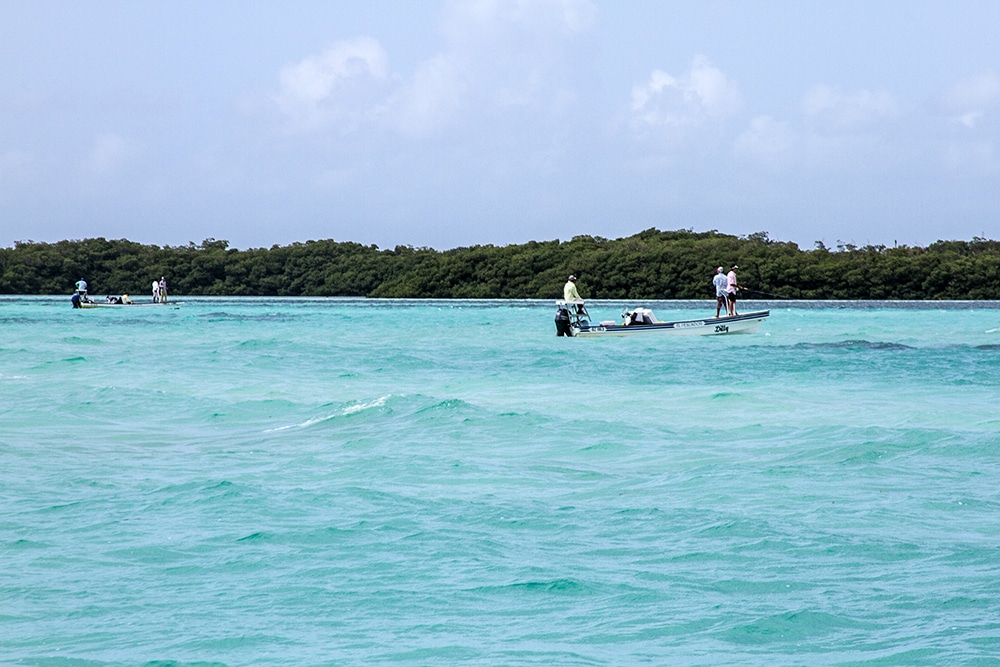
Belize Fly Fishing – 5

Belize Fly Fishing – 6
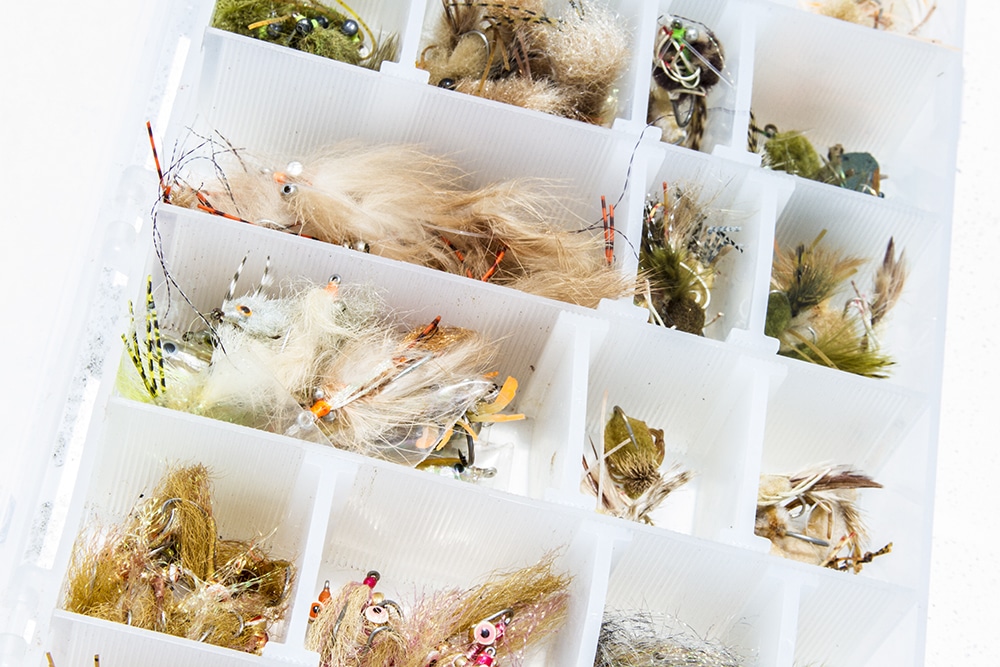
Belize Fly Fishing – 7

Belize Fly Fishing Stu Apte -1
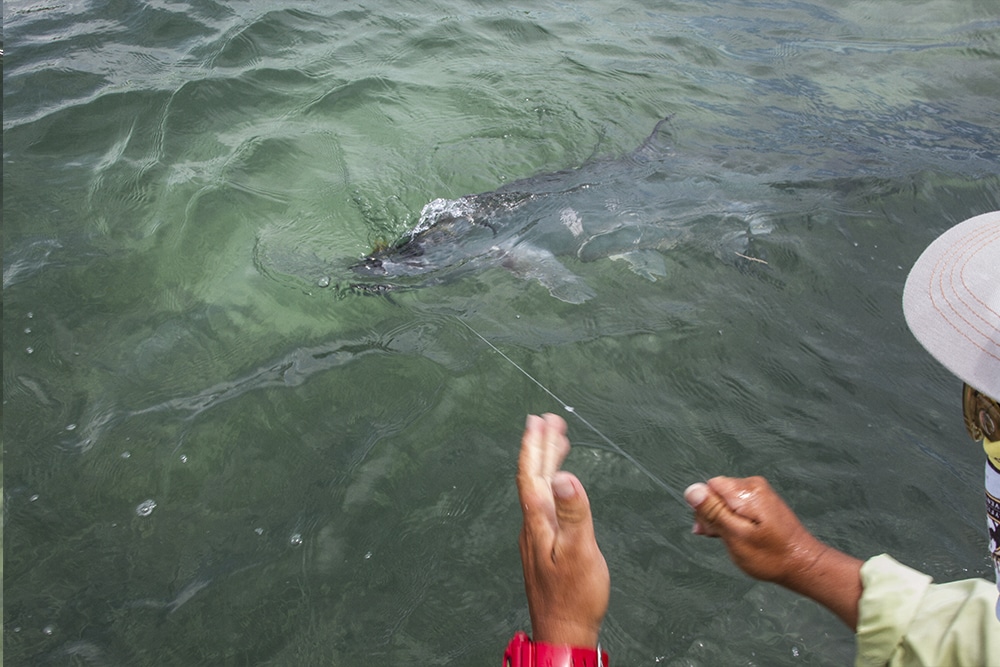
Belize Fly Fishing – 8
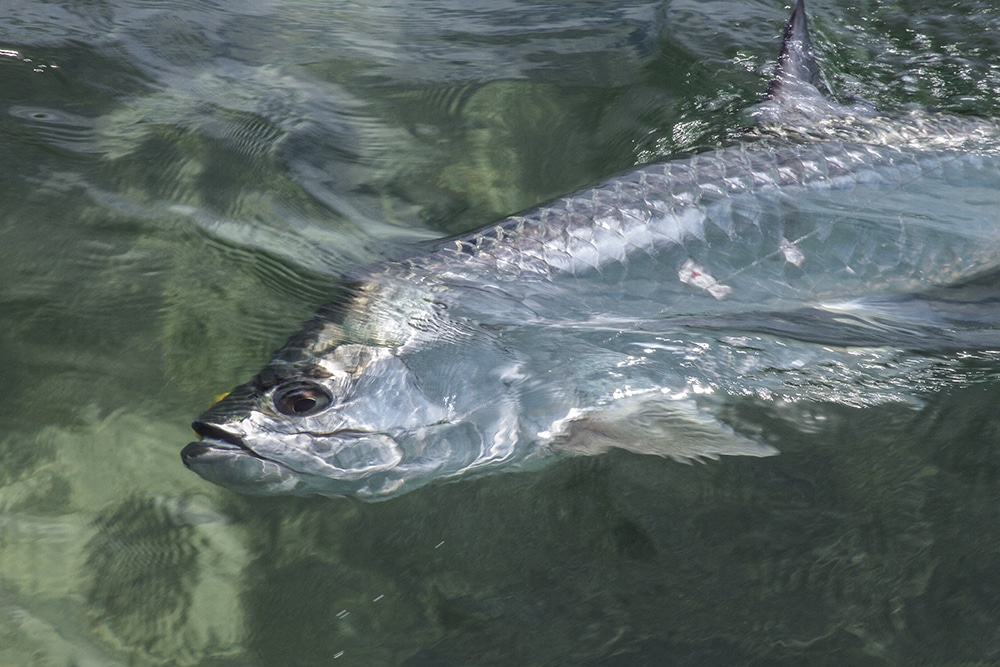
Belize Fly Fishing Tarpon
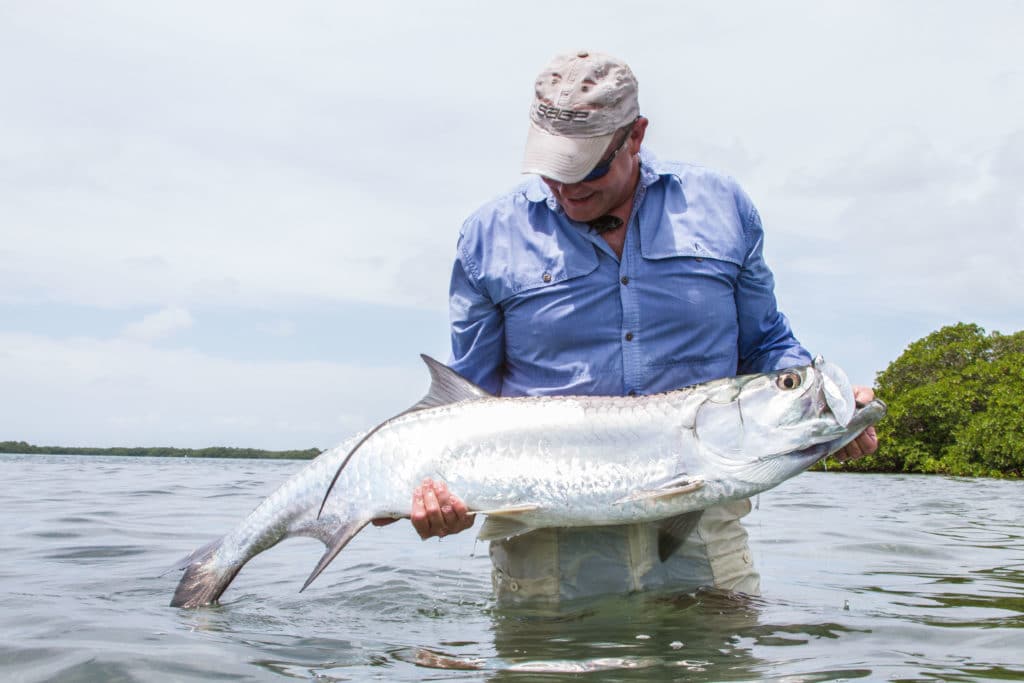
Belize Fly Fishing Tarpon – 2

Belize Fly Fishing Tarpon – 9
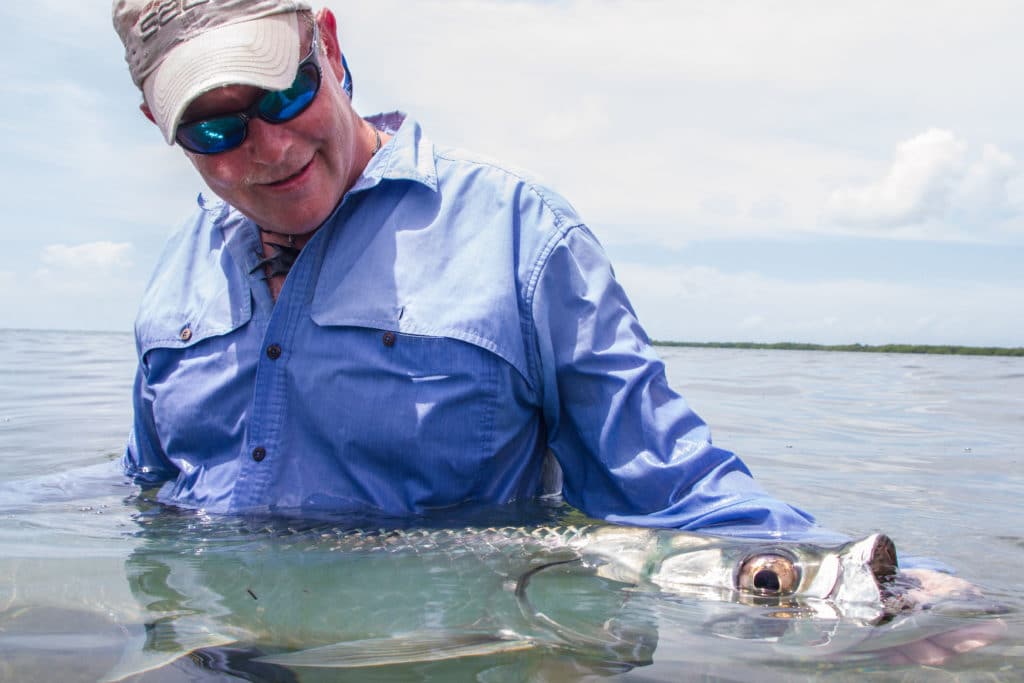
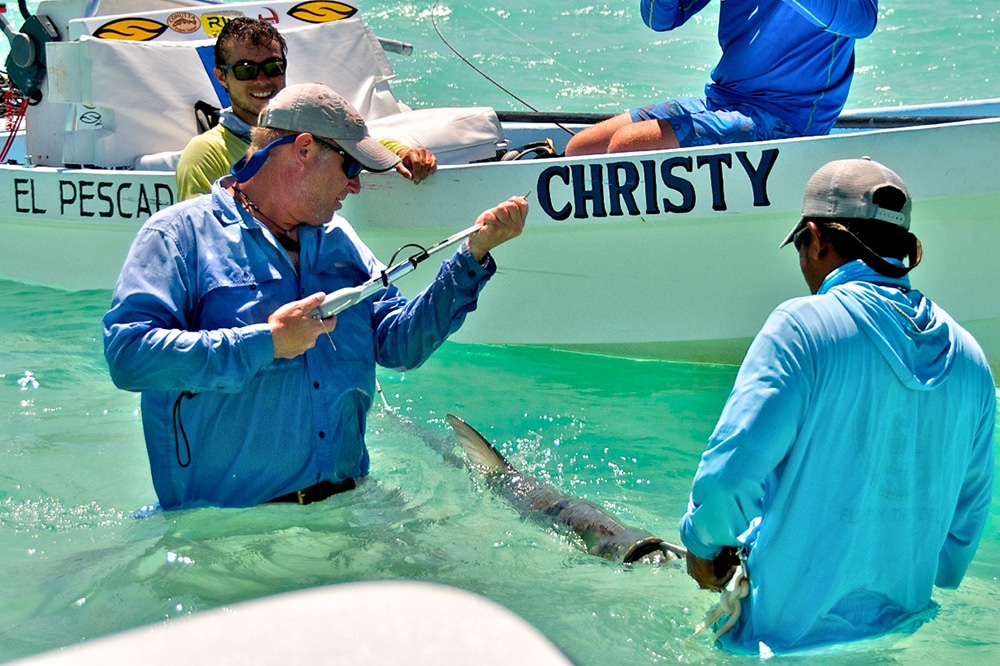
Belize Tarpon Tagging
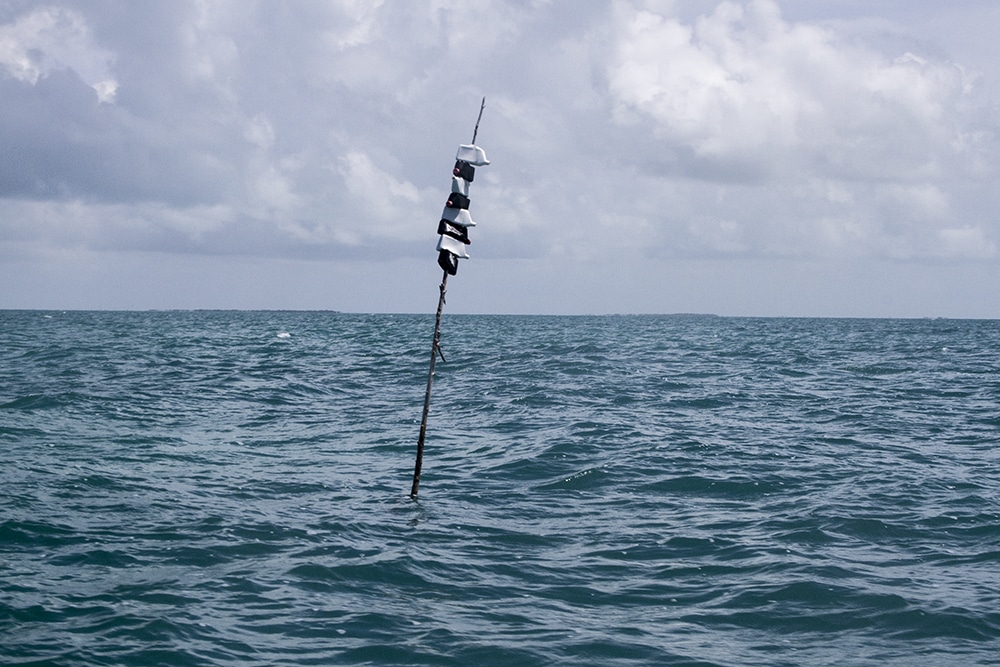
Belize Fly Fishing Tarpon – 10
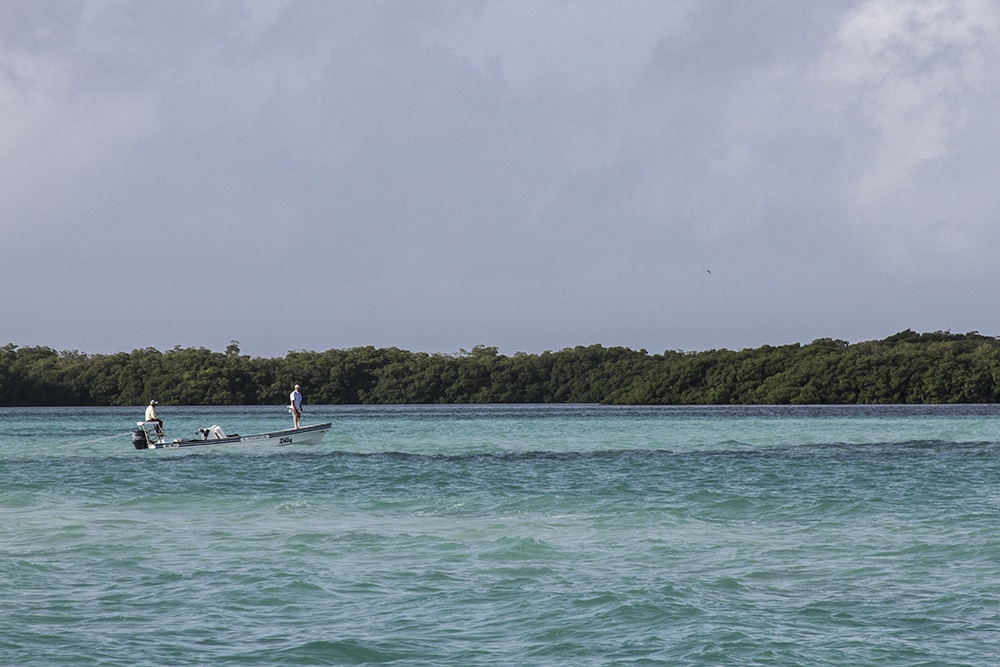
Belize Fly Fishing – 10
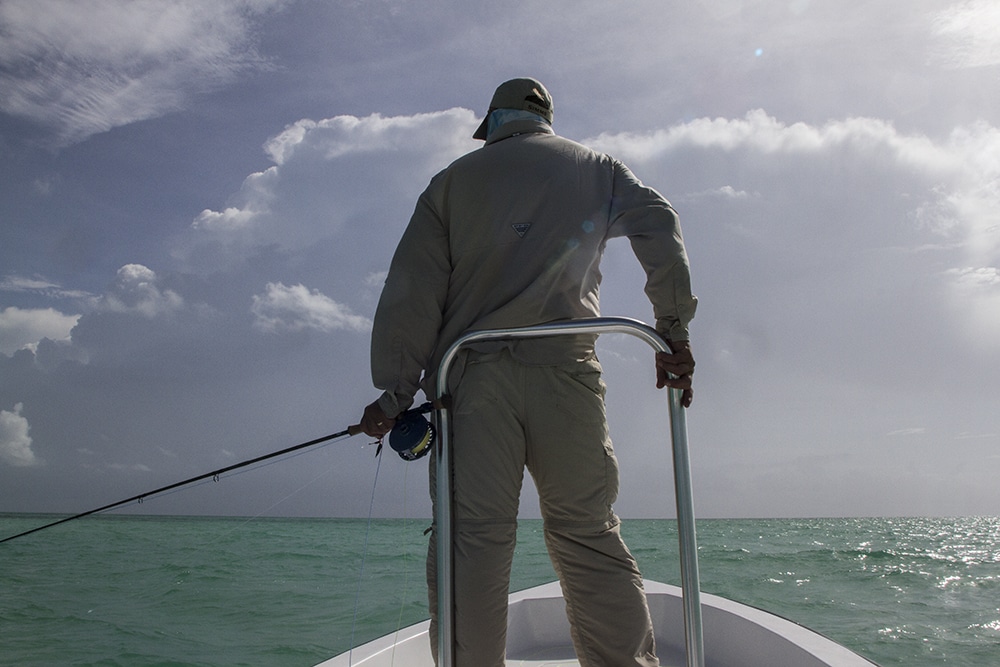
Belize Fly Fishing – 11

Belize Fly Fishing – 12

Belize Fly Fishing – 13
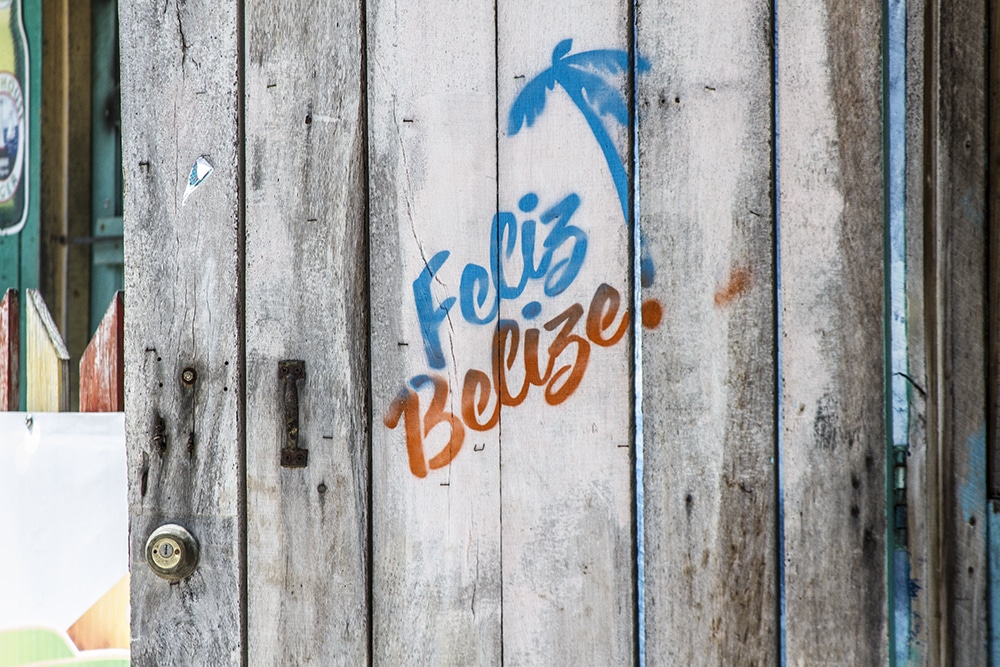
Belize Fly Fishing – 14
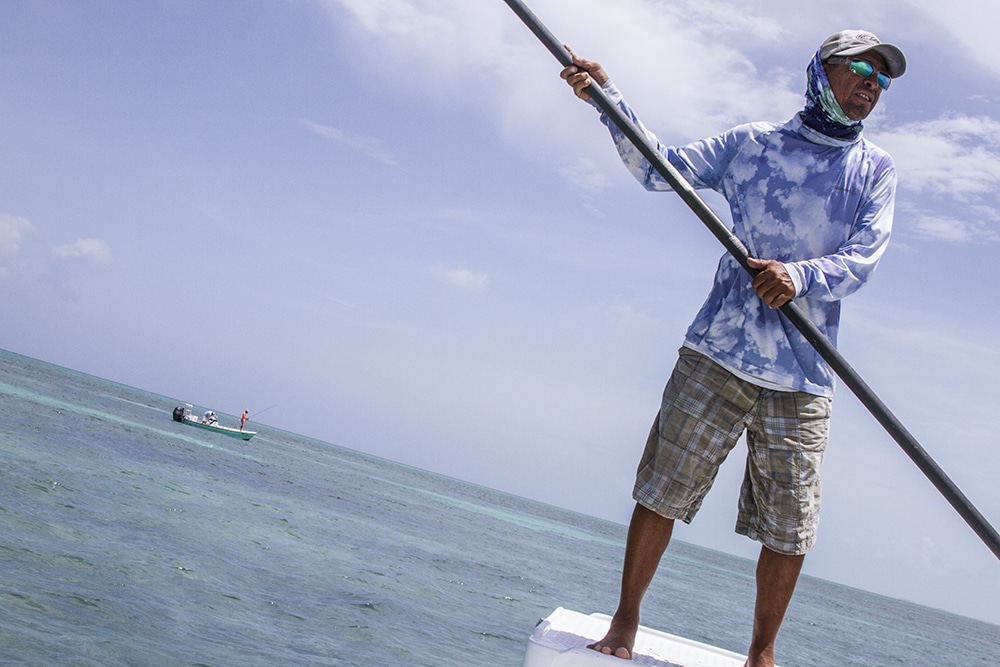
Belize Fly Fishing – 15
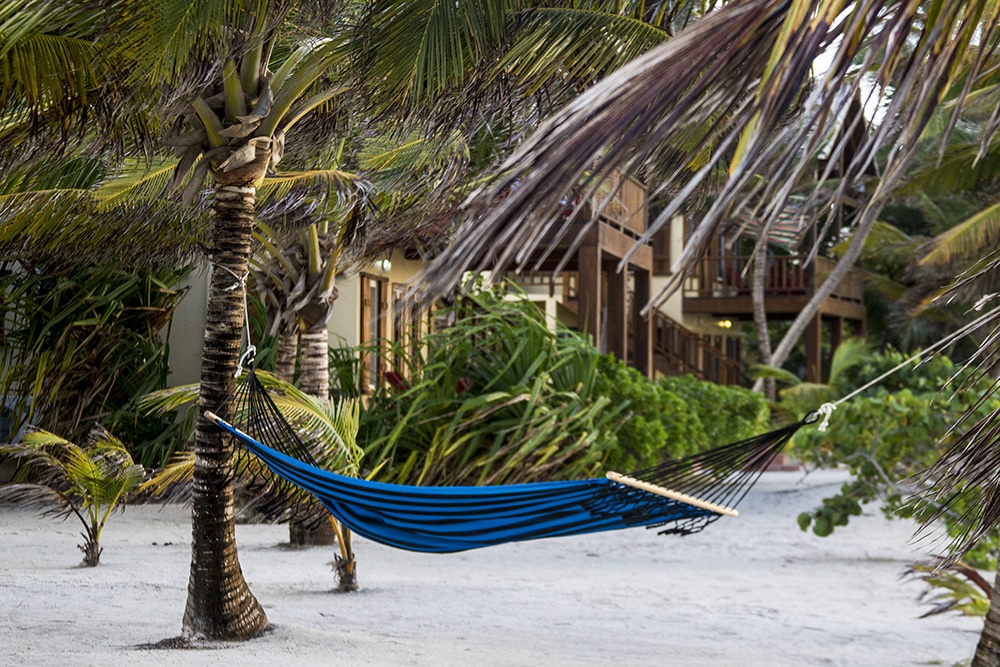
Belize Fly Fishing El Pescador
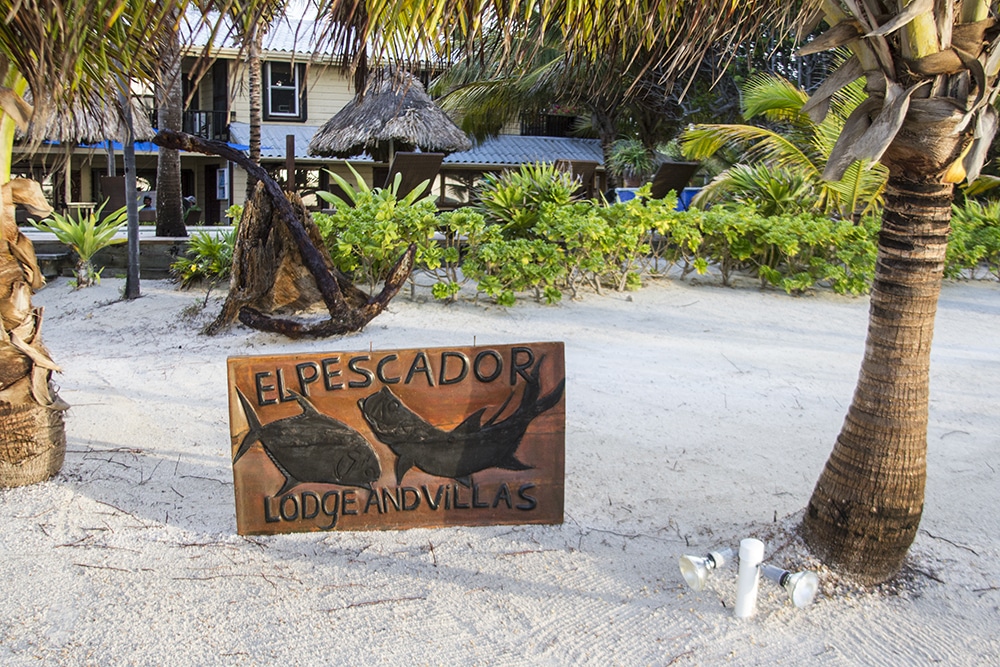
Belize Fly Fishing El Pescador -2

Belize Fly Fishing El Pescador -3
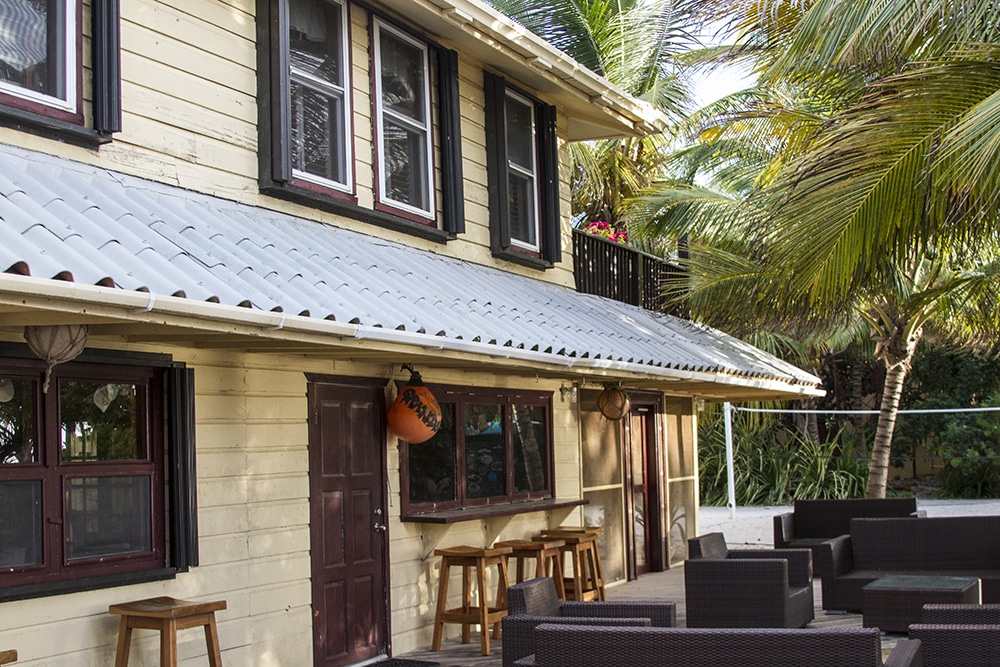
Belize Fly Fishing El Pescador – 4
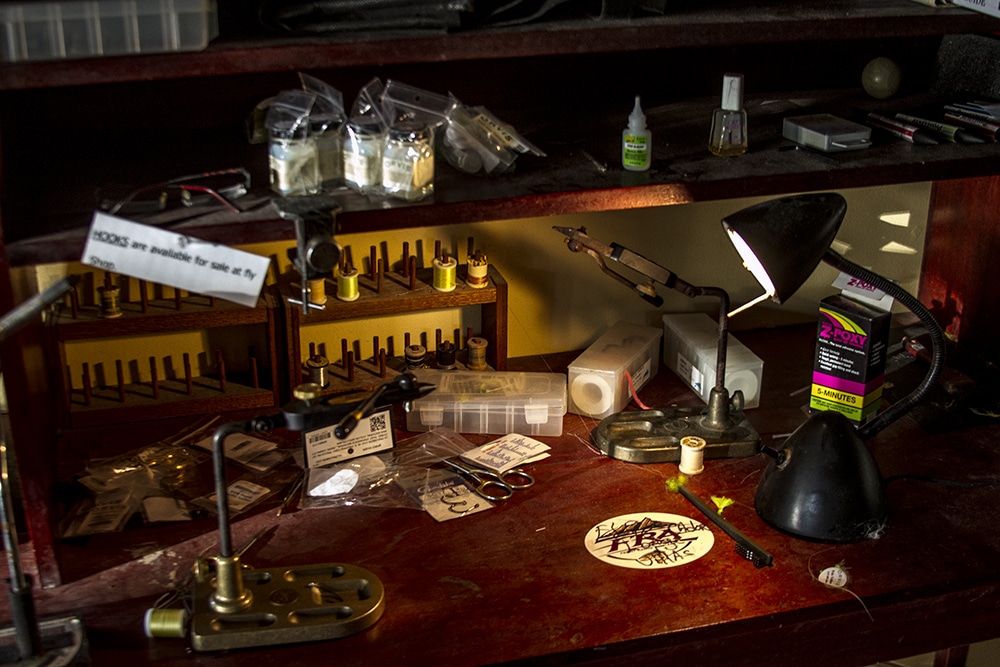
Belize Fly Fishing – 16

Belize Fly Fishing – 17
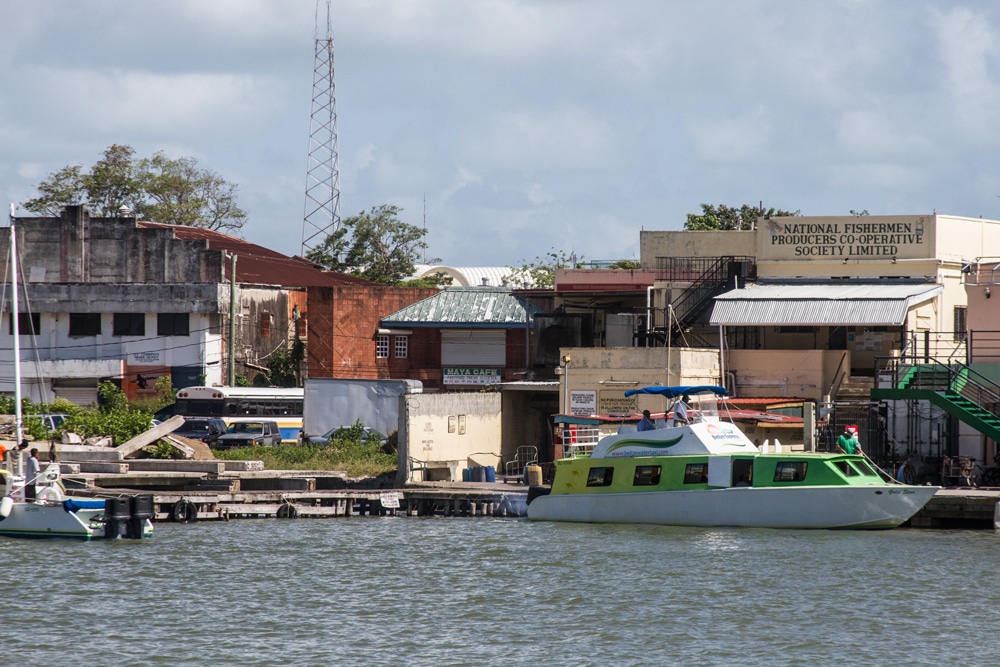
Belize City Travel Water Taxi









